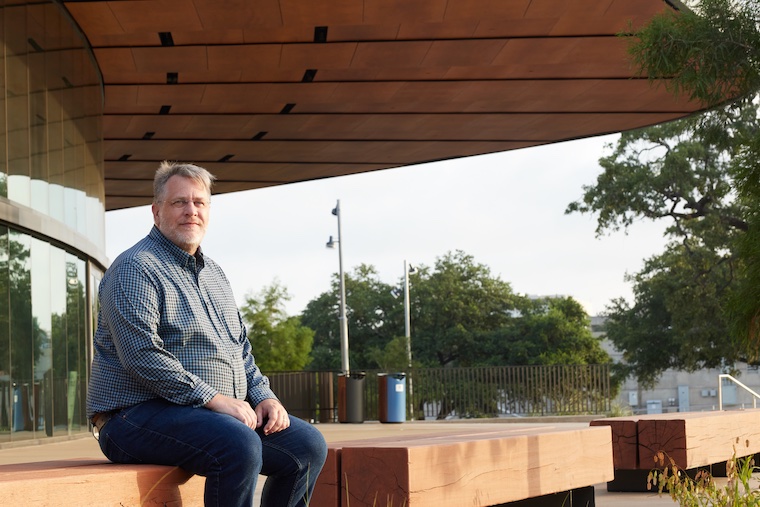
Mark Waggoner, BSCE '97, has a lot on his mind: wind, earthquakes, heat, snow and flight paths, to name a few. As a structural engineer, he thinks big - really big - which is crucial since he specializes in long-span roof design for professional sports facilities.
While building a structurally sound roof is key (and aesthetics are certainly important), there are many other aspects Waggoner must consider such as climate, environmental factors and acoustic concerns - all of which impact the choice of roofing materials.
"For example, when designing translucent or transparent roofs, we have to get the solar properties of the roof just right so that the people inside the stadium aren't baking!" he says.
How did Waggoner get into long-span roof design? It started at WashU, where he was especially drawn to his structural engineering classes. "My professors did a great job of blending theory as well as practical considerations and instructional design," he says. After graduating, he attended The University of Texas at Austin, earning a master's degree in structural engineering. He then began his career at the engineering firm Walter P Moore, where he has worked for 23 years. His first assignment? NRG Stadium, home to the Houston Texans.
By design
Who: Mark Waggoner, BSCE '97
Why WashU? "During my campus visit, everything came together for me - I knew I'd get a great education, and I could play tennis."
Favorite WashU memory: Meeting his future wife, Anne Weller, AB '97, MSPT '99
Traveling scholar: "After graduate school, I received a traveling fellowship and spent three months in Europe studying cathedrals and other long-span structures. It was such a fun experience!"
Now a senior principal at Walter P Moore, Waggoner is known for his innovative designs that use computer analysis to address a variety of environmental concerns. He often works with a wind consultant, who places a model of the building in a wind tunnel to test it for wind loads. In high seismic zones, Waggoner conducts earthquake simulations to see the effect on the building. Based on the findings, he refines the design and develops detailed drawings to hand over to the building contractors.
Waggoner says one of his most challenging projects was SoFi Stadium, home to the Los Angeles Rams and Los Angeles Chargers. "We were building in one of the highest seismic areas in the world, and our site was close to an active fault," he says. "We had to put the building 100 feet in the ground because it was so close to LAX [Los Angeles International Airport] and had to be below a certain height for flight paths." The stadium went on to win multiple design awards.
What's next for Waggoner? He's working on a replacement roof for Montreal's Olympic Stadium, in use since the 1976 Summer Games. "It's interesting because we have to design a roof that is resistant to snow buildup and ice impact," he says. Other projects include new stadiums for the Buffalo Bills and the Tennessee Titans.
"I really enjoy the complexity that comes with long-span roof design," Waggoner says. "We get to put the roof together as the sum of its parts and make it seem like it was always there floating in the sky."






